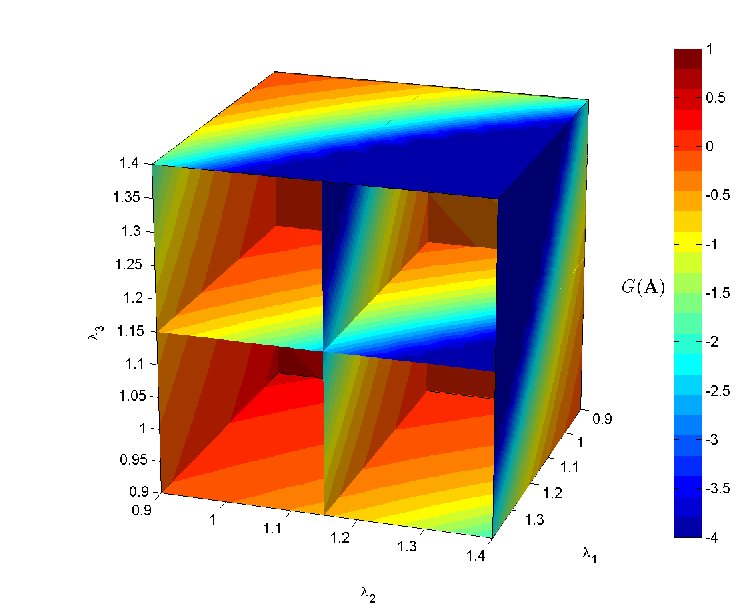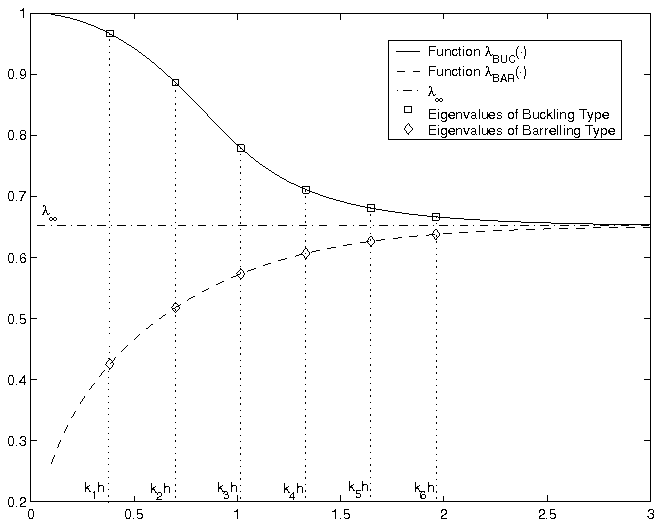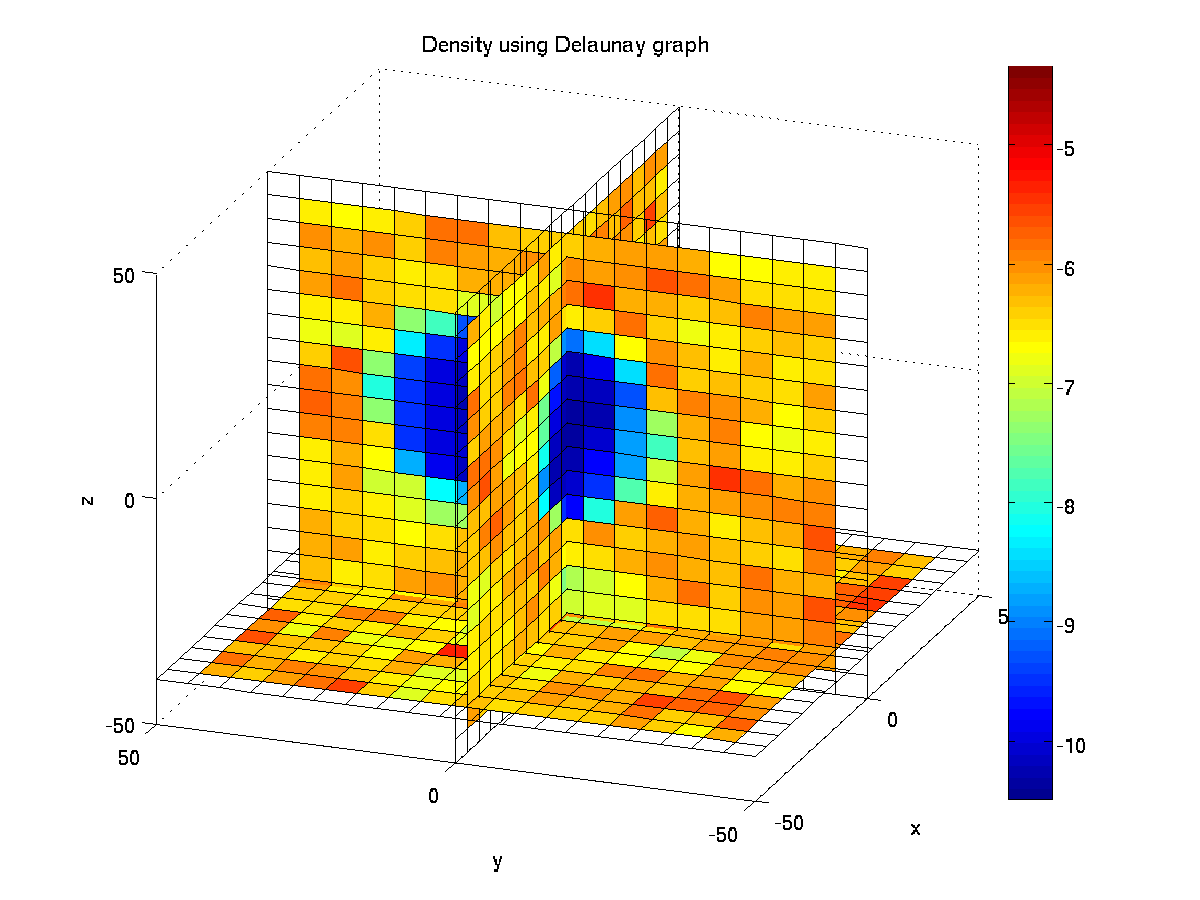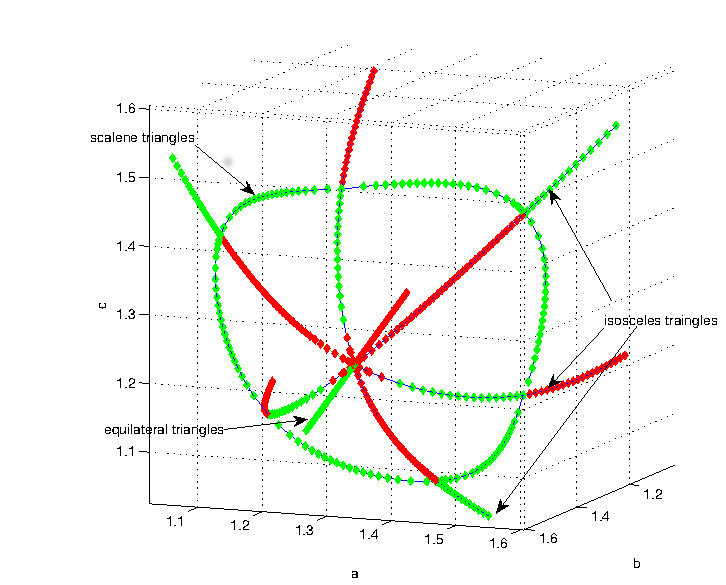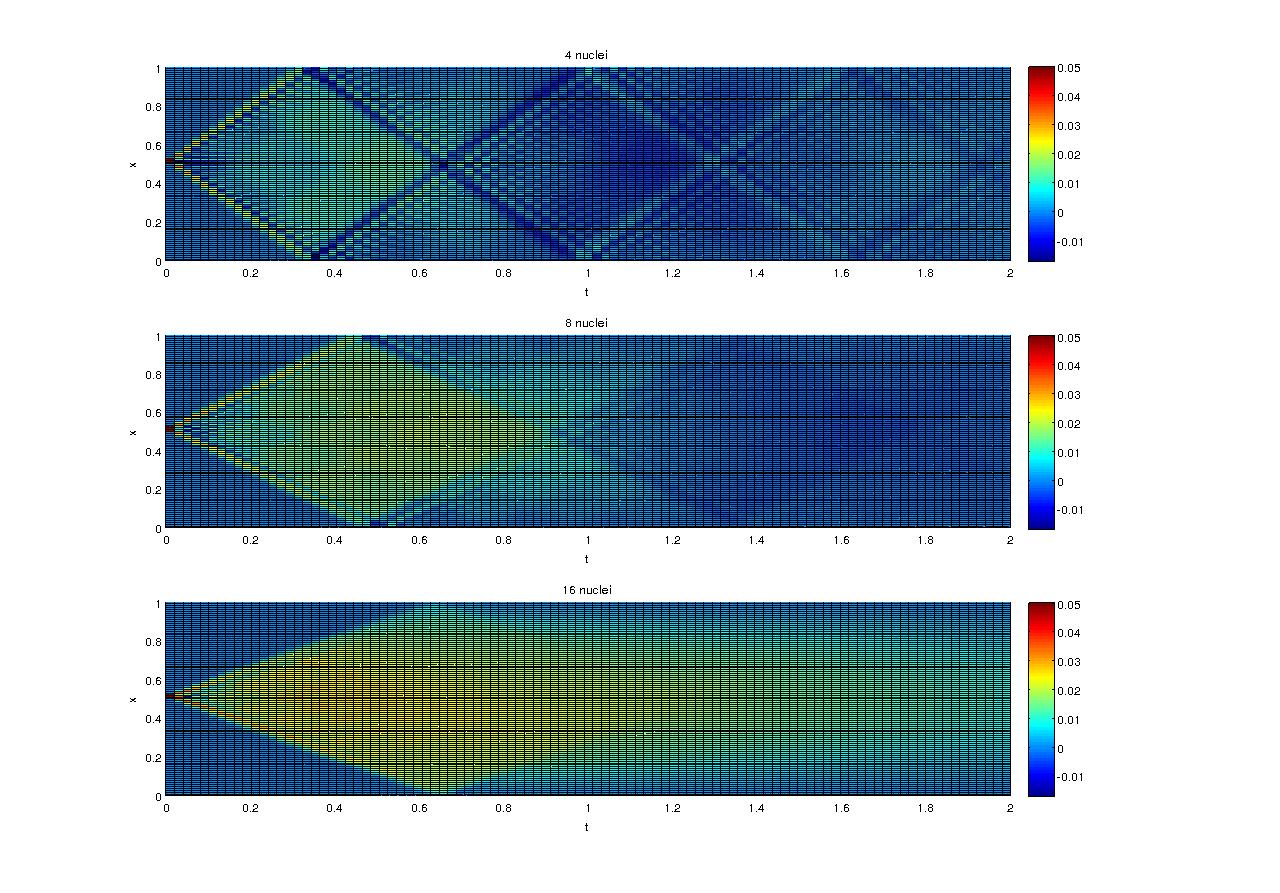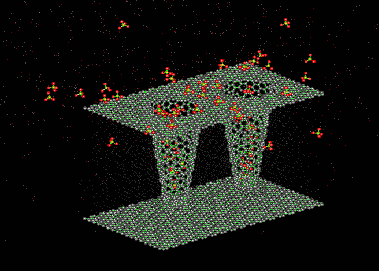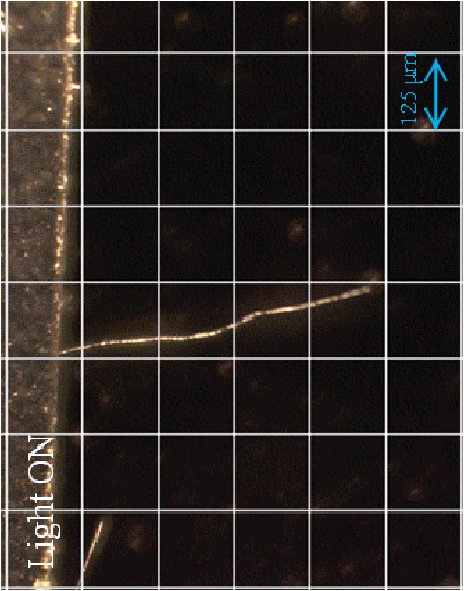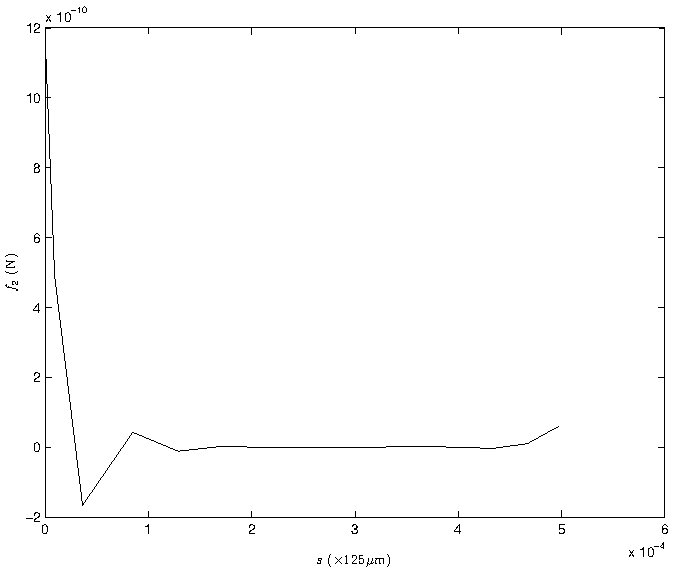NSF-PREM Sponsored Research
Simulations of material instabilities
Computer simulations of Drosophila wavefronts
In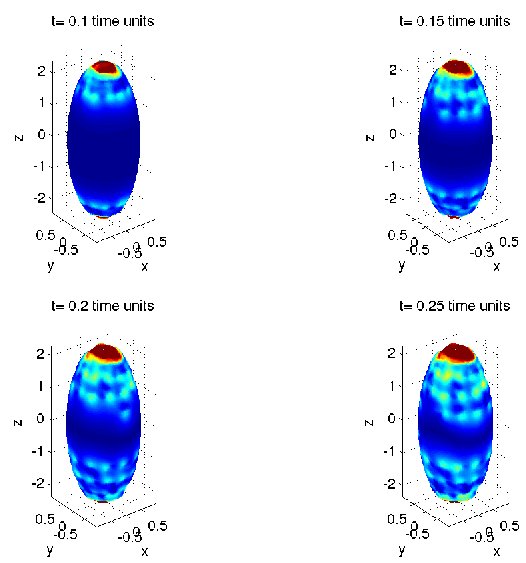 early embryos of many species
mitosis progresses as a wavefront
through the embryo. Such signaling is generally assumed to be
biochemical in nature, but there is also a strong mechanical component
due to the displacements of the chromosomes during division. A. Liu’s
group (UPENN) proposed a model based in mechanical signaling given by
the
following heat-type equation:
early embryos of many species
mitosis progresses as a wavefront
through the embryo. Such signaling is generally assumed to be
biochemical in nature, but there is also a strong mechanical component
due to the displacements of the chromosomes during division. A. Liu’s
group (UPENN) proposed a model based in mechanical signaling given by
the
following heat-type equation:Γ ut=div(C ∇u)+f(u).
We developed software to perform (time dependent) computer simulations of wavefronts in Drosophila embryos solving this equation (in curvilinear coordinates) over a shell. (See figure to the right.) We are currently revising the proposed model as it does not describe the dynamics of the problem as observed on actual experiments. The revised model is based on a nonlinear damped wave equation with coefficients and damping terms depending on the nuclei density. Preliminary simulations of a one dimensional version of this model where performed with the assistance of the student J. Velázquez (UPRH) and where reported in the 8th PREM Annual Symposium of 2014. The figure below show some of the preliminary results. The speed profile predicted by the model for the wave, as the different cycles of the nuclei division progress, qualitatively agrees with the one observed in laboratory experiments. Our next goal is to perform computer simulations with the revised model over a shell.
|

